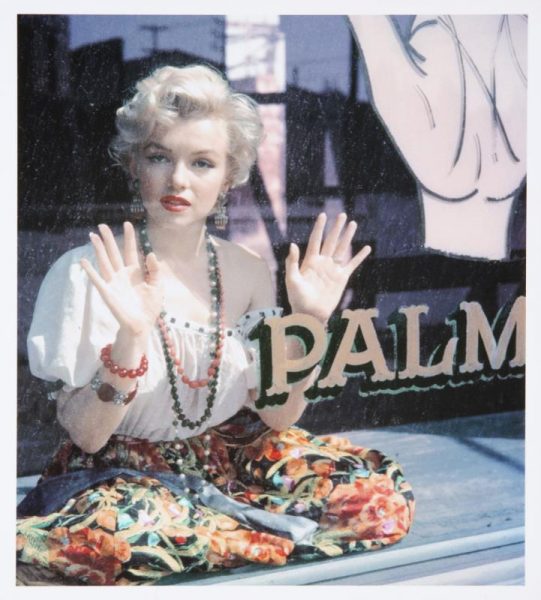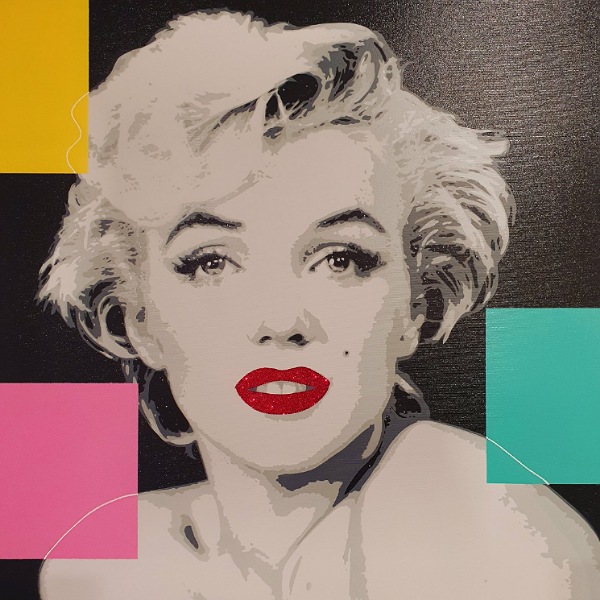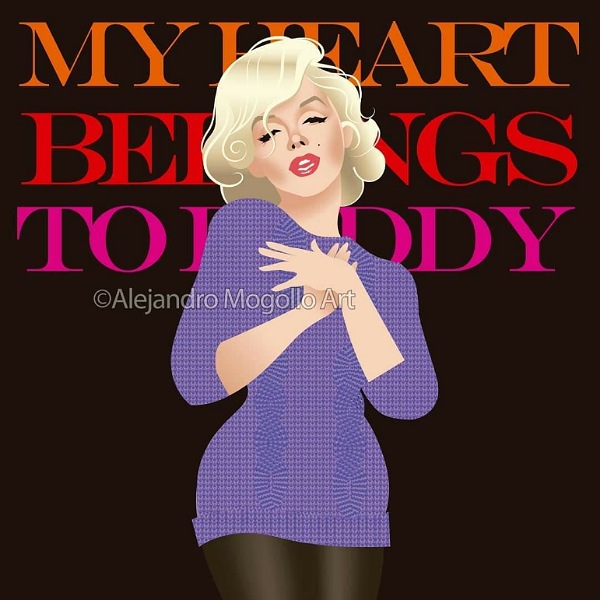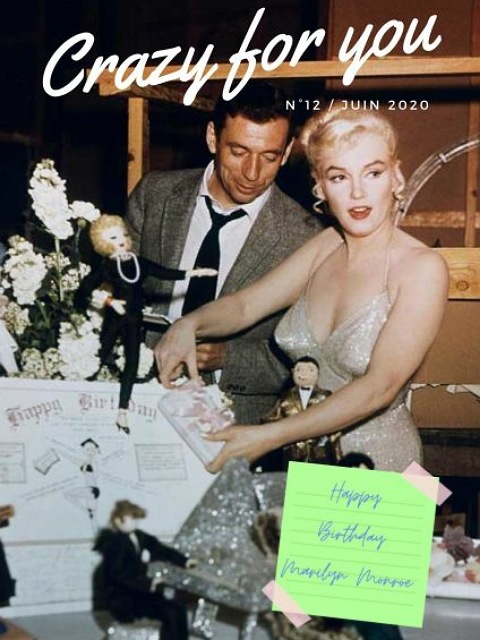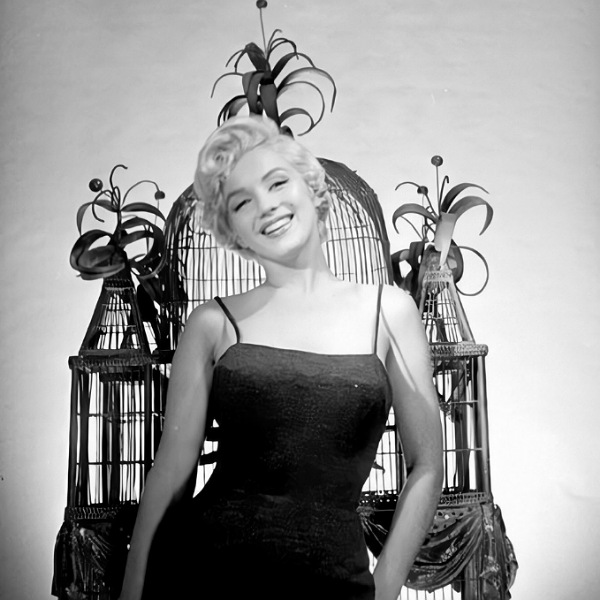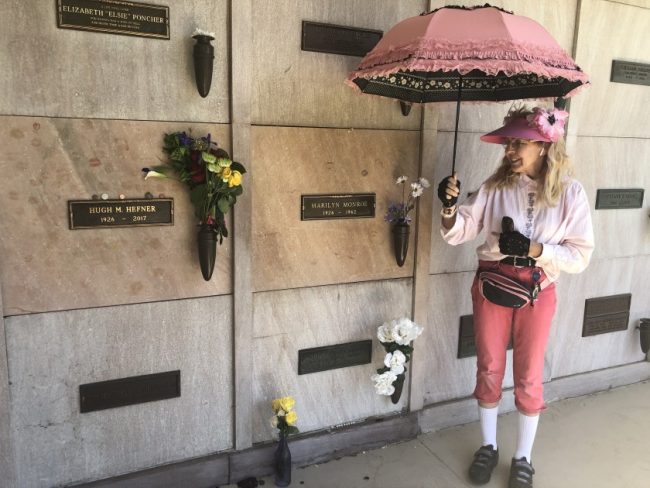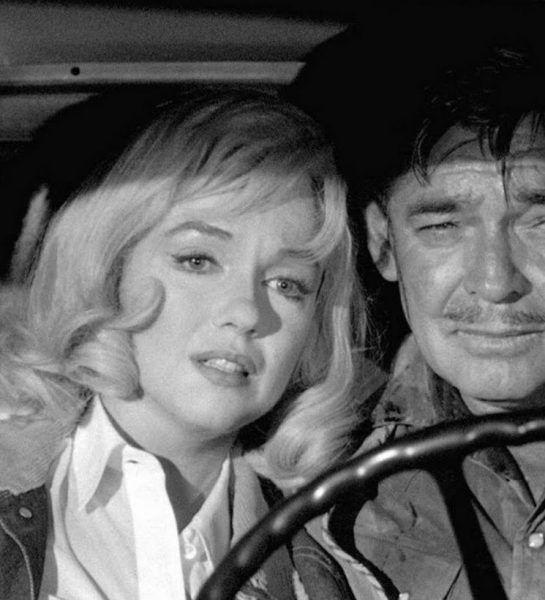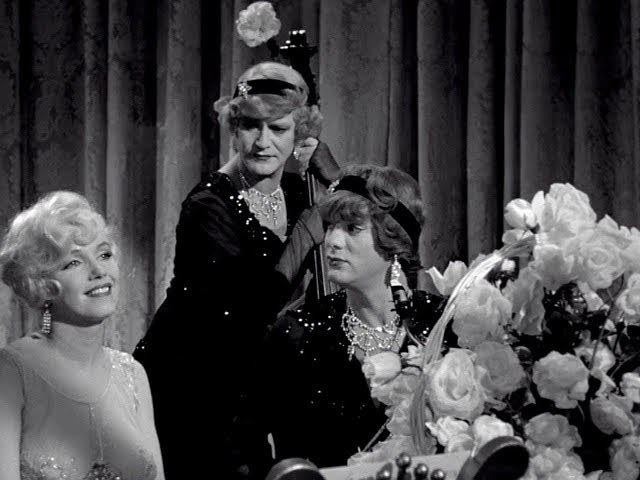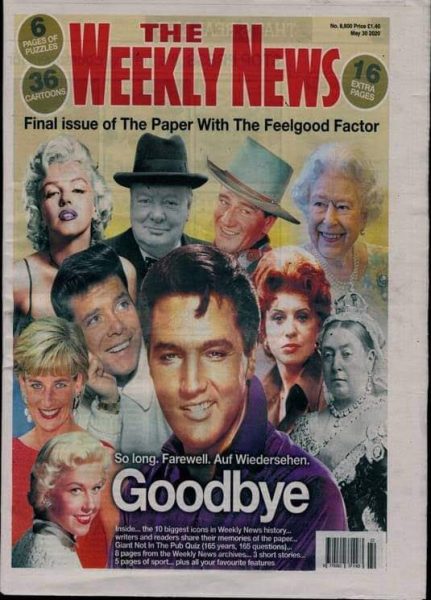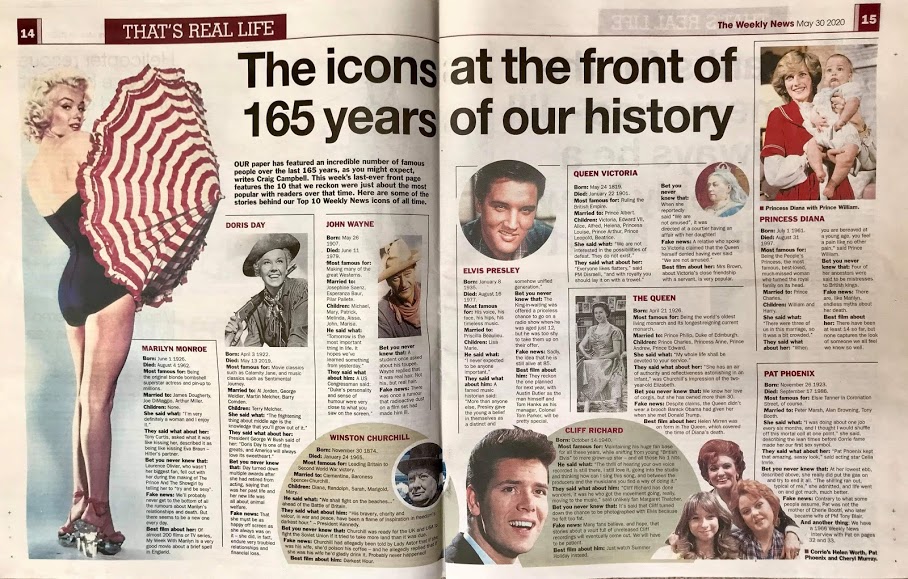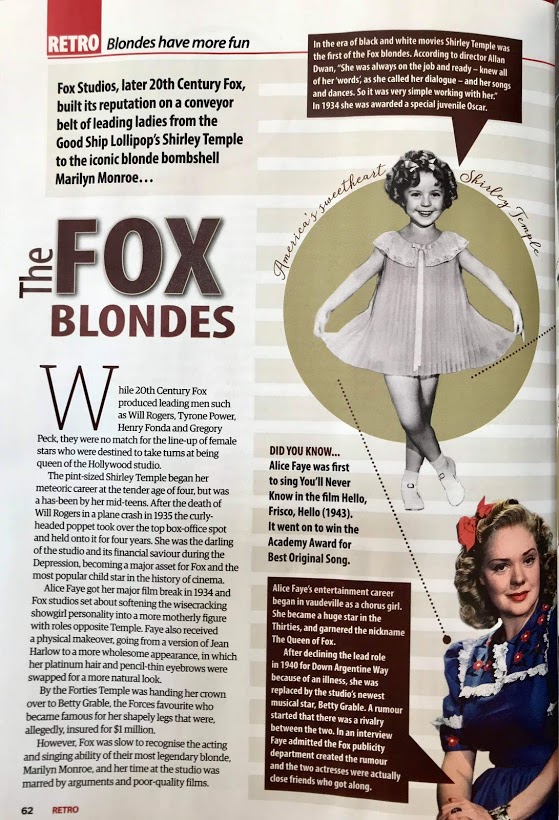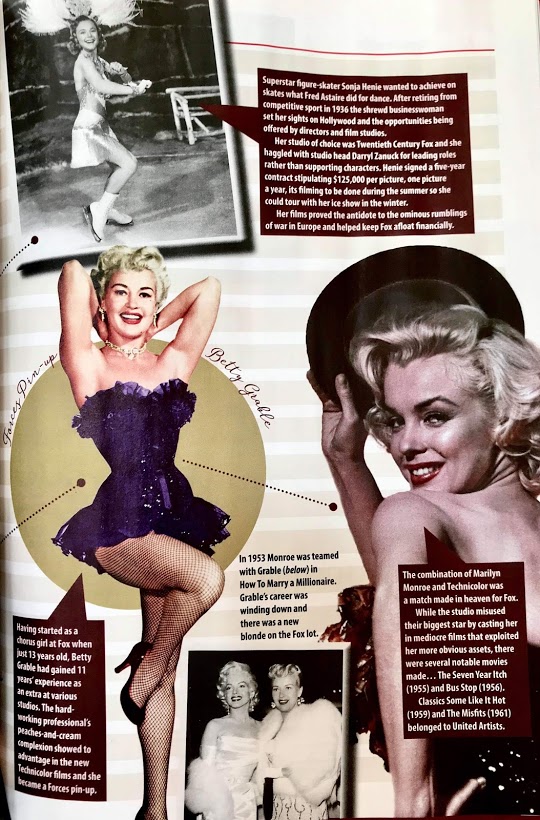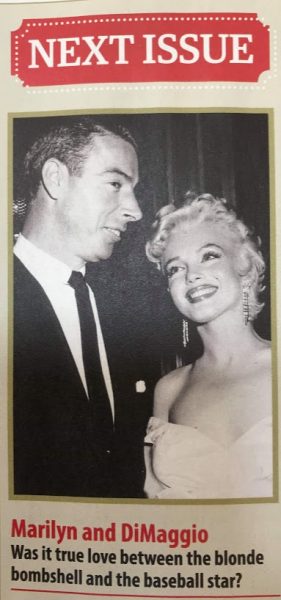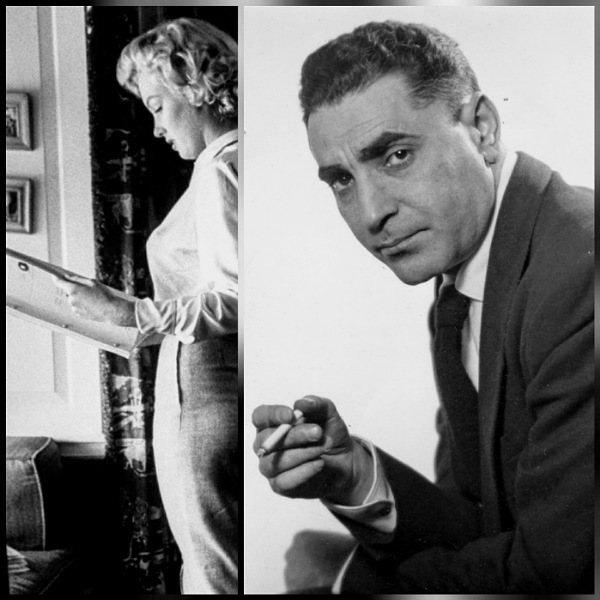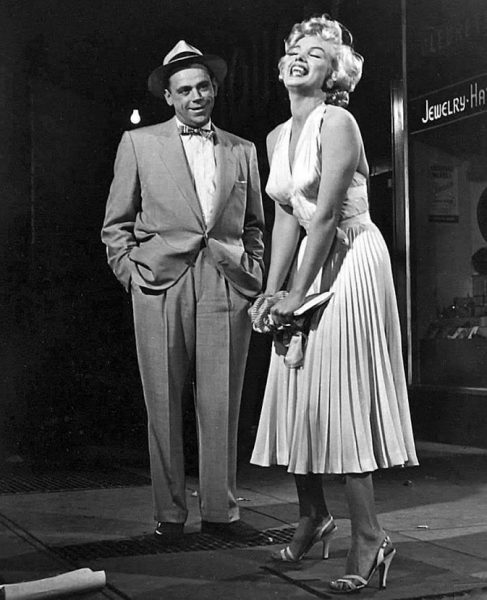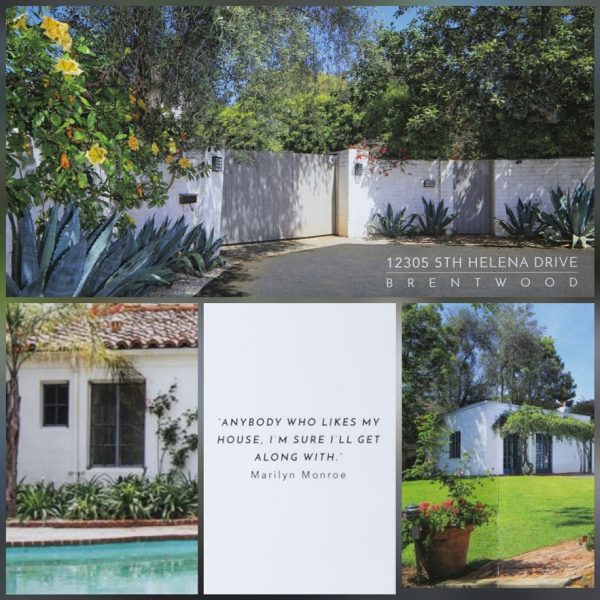
A real estate brochure for Marilyn’s last home at Fifth Helena Drive – which sold for $7.25 million in 2017 – fetched $5,120 yesterday during an online sale marking Marilyn’s 94th birthday at Julien’s Auctions.

The highest final bid, however, went to this signed portrait by Richard Avedon ($8,960.)
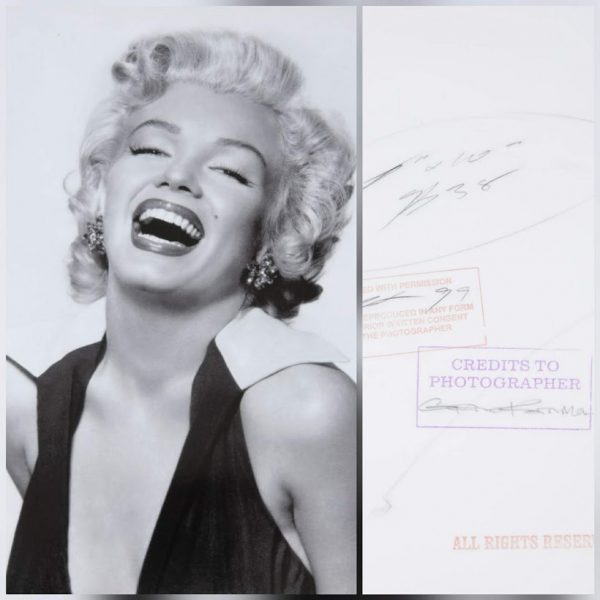
This photo from an iconic 1952 shoot is signed by Gene Kornman, one of two photographers present at the session (alongside Frank Powolny), and sold for $6,400.
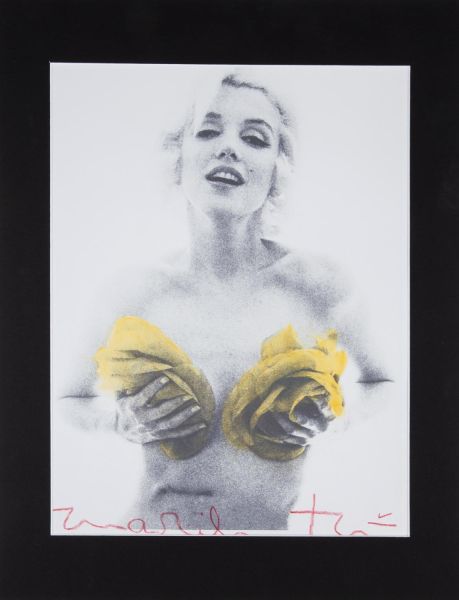
This signed lithograph, made from a photo taken during Marilyn’s so-called ‘Last Sitting’ with Bert Stern in June 1962, sold for $2,880; and an image from her final photo session at Santa Monica Beach in July, signed by photographer George Barris, sold for $2,560.

And finally, more instantly recognisable images sold for $1,024 each: Marilyn’s 1949 nude calendar pose, photographed by Tom Kelley and later signed by Playboy founder Hugh Hefner…
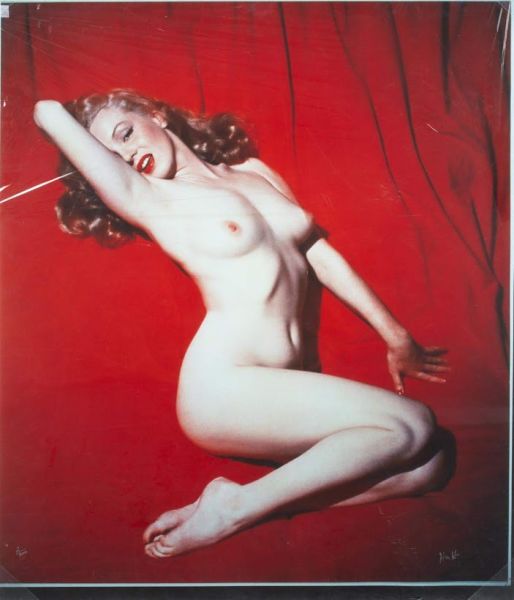
… and a shot credited to Bruno Bernard (aka Bernard of Hollywood) from Marilyn’s unforgettable subway scene in The Seven Year Itch, signed by Bernard’s daughter and archivist Susan.
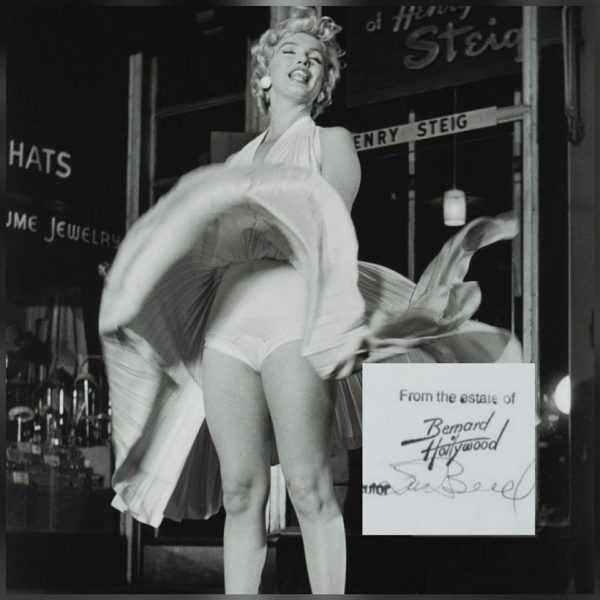
More auction highlights here
